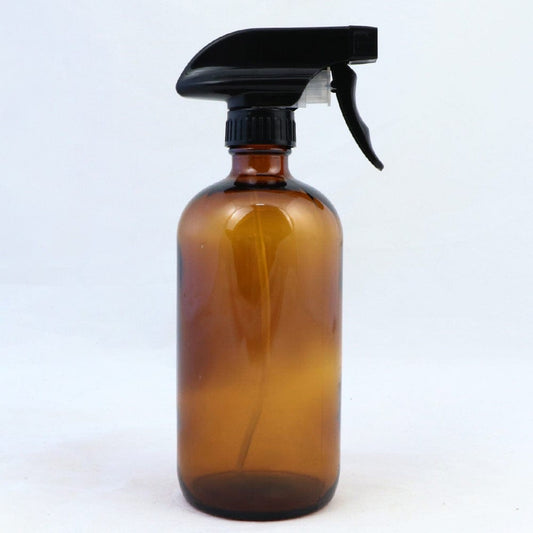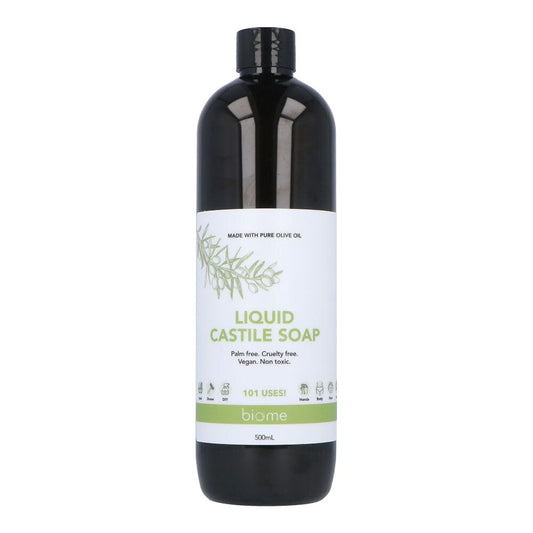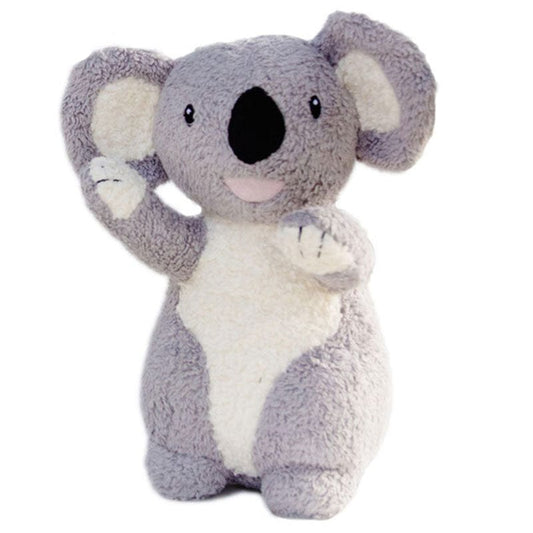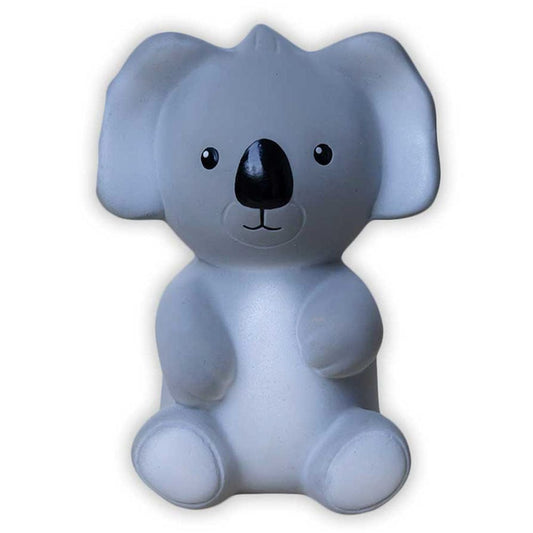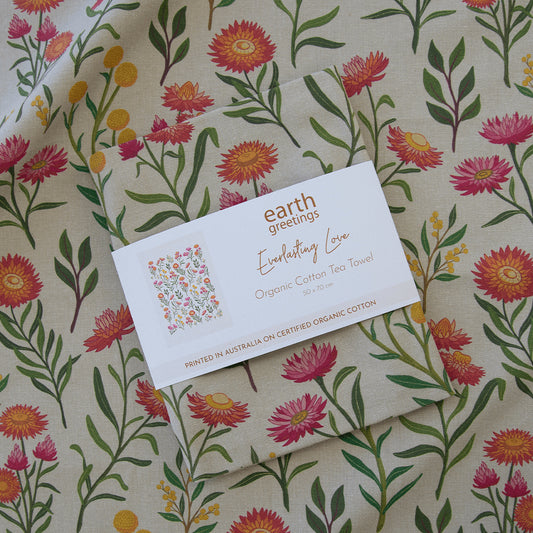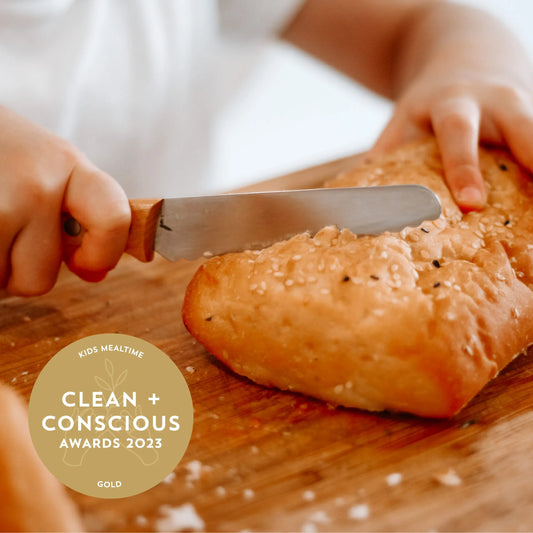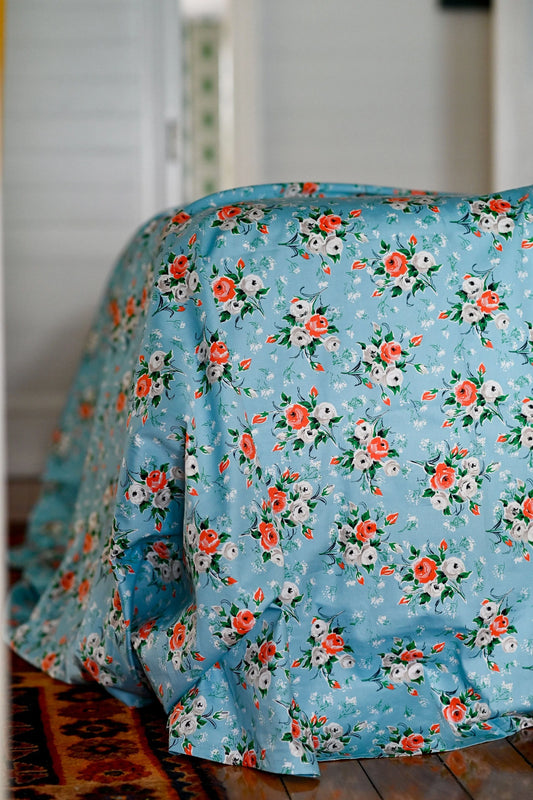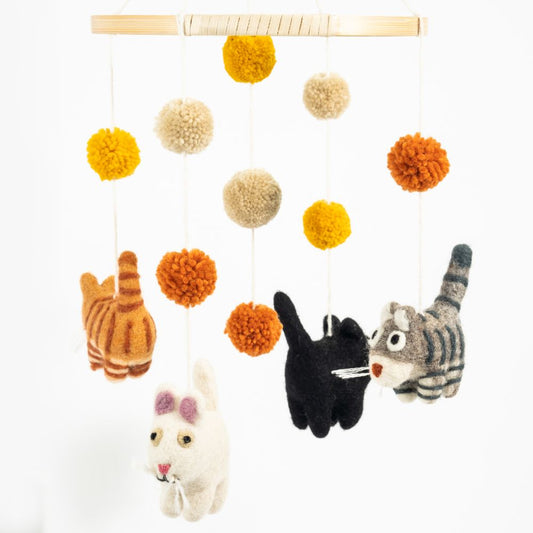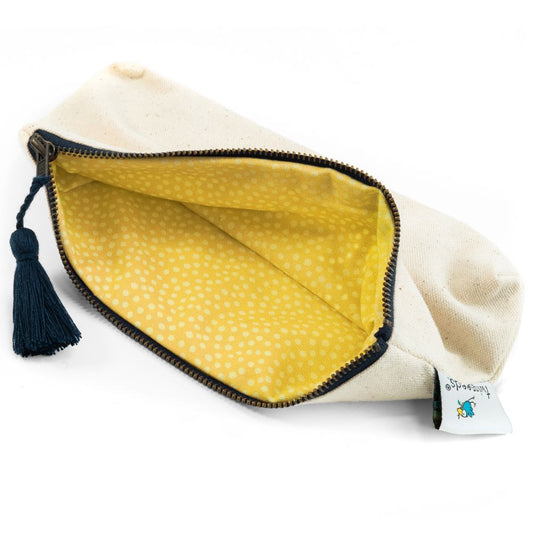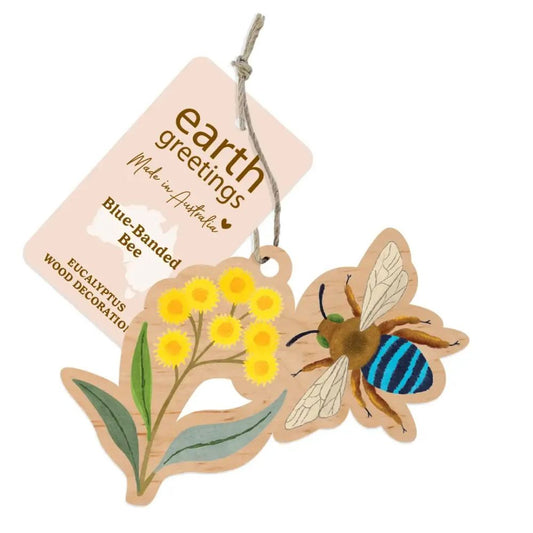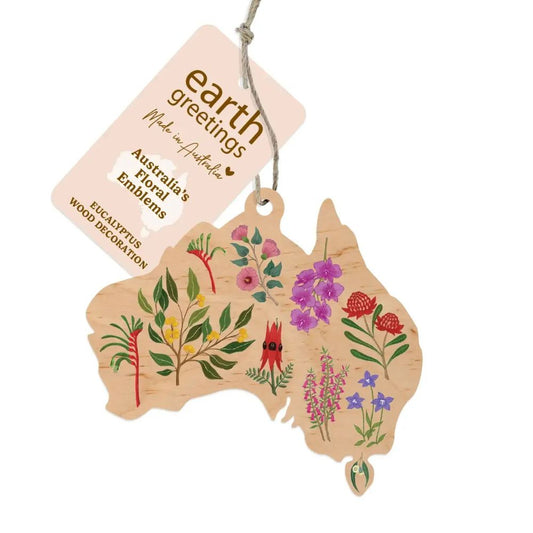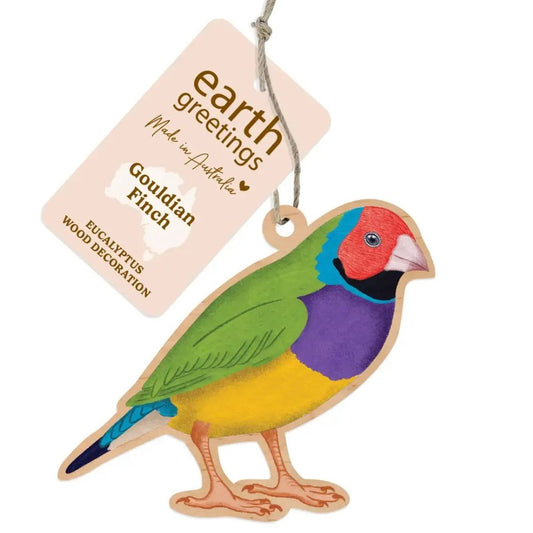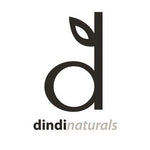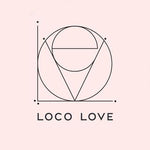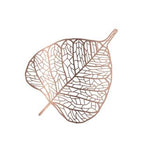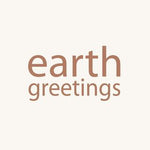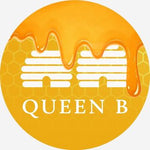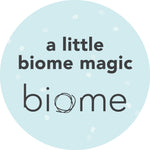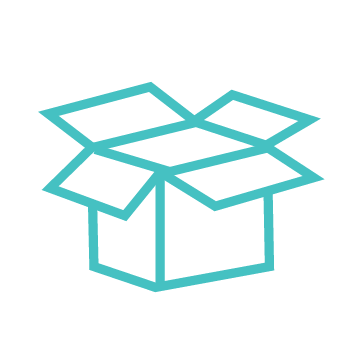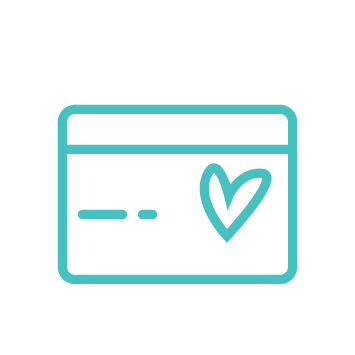
Ok, your child’s Sophie the Giraffe Teether just hit the dog bowl, or the cafe floor...again!
A few years ago, that might’ve meant a dousing in bleach or a mystery “baby-safe” spray full of synthetic preservatives. But more parents are waking up to this simple truth:
You shouldn’t need a chemistry degree to clean your kid’s toys.
Here’s how to clean and disinfect toys safely — without exposing your baby (and everyone in your house) to unnecessary chemicals. These methods use what you likely already have in the kitchen and align with low-tox, eco-conscious values that we love here at Biome.
What Not to Use on Toys
I'll start with what to avoid — especially for anything that goes near a baby’s mouth:
- Bleach: Even diluted, it can leave residues and fumes.
- “Antibacterial” wipes: Usually packed with quats*, synthetic fragrances, and skin irritants.
- Alcohol-based sprays: Harsh on lungs and sensitive skin.
- Essential oils — undiluted or misused: Many aren’t safe for infants or pets.
*What are "quats"? Quats is short for Quaternary Ammonium Compounds - human-made chemicals used for a variety of purposes, particularly as antimicrobials in disinfectants and sanitisers.
Cleaning vs Disinfecting
- Cleaning = removing dirt, crumbs, drool
- Disinfecting = killing germs (important after illness or playdates)
Regular cleaning is often enough. Save disinfecting for when it’s really needed.
1. Hot Soapy Water (Simple, Effective)
For plastic toys without batteries, a soak in warm water and castile soap, which does wonders.
How to:
- Fill a basin with warm water and a few squirts of natural, fragrance-free soap.
- Soak for 10–15 minutes, then scrub with a clean cloth or brush.
- Rinse and air dry.
🧼 Biome Tip: We love this Biome Unscented Liquid Castile Soap — made in Australia, safe for babies, and zero unnecessary additives.
2. White Vinegar Spray (Natural Disinfectant)
Vinegar is naturally antibacterial — no harsh chemicals needed.
How to:
- Mix equal parts white vinegar and water in a spray bottle.
- Spritz on hard surfaces, let sit 10 minutes, wipe clean.
💡 Use a refillable Amber Glass Spray Bottle 500ml — great for reducing plastic waste and keeping cleaning supplies looking sweet!
3. Baking Soda Paste (Great for Grime)
For toys with crevices or sticky build-up. Use bicarb soda (baking soda) from your pantry — no fancy brand needed.
How to:
- Mix bicarb soda with water to form a paste.
- Apply with a cloth or soft toothbrush.
- Scrub, rinse, dry.
🪥 Great for bath toys or textured surfaces.
4. Boiling or Dishwasher (For Heat-Safe Toys)
Silicone teethers and hard plastic stackable cups often survive a hot wash — but not wooden toys.
How to:
- Boil silicone items for 5 minutes or place them on the top rack of the dishwasher.
- Skip detergent if you’re unsure about residues.
Always check care instructions — some toys, especially wooden ones, don’t love long soaks.
🧸 Biome Picks: Try Tikiri’s natural rubber Koala — no holes = no mould buildup.
5. Care for Wooden Toys (Clean + Nourish)
Wooden toys are beautiful, durable, and naturally antibacterial — but they do need some love.
- To clean: Use a damp cloth with a little castile soap (don’t soak).
- To maintain: Apply a food-safe wax to nourish the wood and protect against cracking and absorption of gunk.
🪵 Biome Recommends: Gilly’s Food Safe Wax — made from natural beeswax and carnauba wax, perfect for baby toys. Simply rub on with a cloth, then buff off. Dries in 20 minutes. No synthetic nasties.
6. Freezer or Sunlight (No Effort Germ Busters)
Nature’s own disinfection toolkit:
- Freezer: Seal soft toys in a bag, freeze overnight to kill dust mites.
- Sunlight: A few hours in direct sun helps freshen and dry.
🌤 Biome Fave: The Tikiri Organic Cotton Koala Plush is a cuddle-safe softie made from GOTS-certified cotton — easy to freeze, sun-dry, or spot clean.
Bonus: After-Clean Baby Skin Care
Once the toys are clean, it’s worth giving a little thought to your baby's skin — especially with all the teething, drooling, and rubbing going on.
Here are three natural balms we trust at Biome for baby skin care — each gentle enough for newborn skin. Be sure to check out the 5 star reviews that each product has from happy parents and carers.
🌿 The Physic Garden Baby Balm
Chamomile and calendula in a rich beeswax base. A soothing all-rounder for dry spots, nappy rash, and post-bath hydration.
🛡️ Biome CastorGuard
A powerful moisture barrier made from just castor oil and beeswax. Ultra-pure, unscented, and great for drool rash or any irritated skin needing protection.
🌱 Dindi Naturals Unscented Baby Balm
A larger-size balm with calendula, coconut oil, and shea butter — free from fragrance, preservatives, and synthetics. Ideal for full-body use or massage.
🧴 None of these contain mineral oil, parabens, fragrance, or petrochemicals. Just honest ingredients doing what they’re meant to do.
In a Nutshell
- Skip: Bleach, mystery sprays, strong essential oils
- Use: Castile soap, vinegar, baking soda, sunlight, safe wax
- Choose: Natural materials from the start
You don’t need more stuff to clean — just smarter stuff. And when the toys are made to last (and made safe), the whole cleaning job becomes easier too.
🧼 Related Reads from Biome
-
Baby Bath Time & Toys Without Nasties!
Explore safe and natural options for baby bath time, including toys and products free from harmful chemicals. -
How to Protect Your Kids from These Common Toxins
Learn about common household toxins and how to minimise your children's exposure to them. -
From Bump To Baby: Brisbane's Number One Natural Baby Shop
Find all you need to promote a healthier environment for your family. -
Sustainable Kids Toys – Why We Love Wooden Toys
Understand the benefits of choosing sustainable wooden toys for your children and the environment. -
How to Make Your Own Baby Powder
A DIY guide to creating natural baby powder, avoiding talc and other harmful ingredients.



